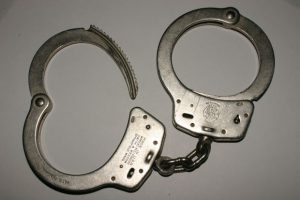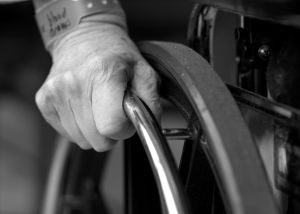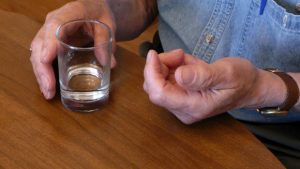Federal authorities recently made dozens of arrests in Broward County for alleged trafficking in drugs and guns. In all, officials filed federal charges against 29 defendants in 23 separate cases, which ranged from narcotics trafficking conspiracy, narcotics trafficking and firearms-related offenses. That’s according the U.S. Department of Justice’s Bureau of Alcohol, Tobacco, Firearms and Explosives, which released a statement alleging defendants sold nearly 300 firearms to undercover officers. Among those weapons: AKs, AR-15s, revolvers, pistols, sniper rifles and short barrel rifles. Defendants are also accused of sales of heroin, cocaine, flakka, marijuana and oxycodone to undercover agents. 
The release indicates federal authorities worked closely with local officials in Pompano Beach to conduct undercover surveillance and gather intelligence. DEA Special Agent in Charge Adolphus P. Wright said this case is illustrative of the fact that crime is often inter-related, and where there are drugs, there are often illegally possession/ dealing of firearms and other offenses.
Our Fort Lauderdale criminal defense attorneys know that many defendants in these cases are facing numerous federal charges of varying seriousness. These kinds of cases, both because of their complexity and the potential for decades-long prison sentences, necessitate the assistance of an experienced defense lawyer. Continue reading
 Fort Lauderdale Criminal Attorney Blog
Fort Lauderdale Criminal Attorney Blog












